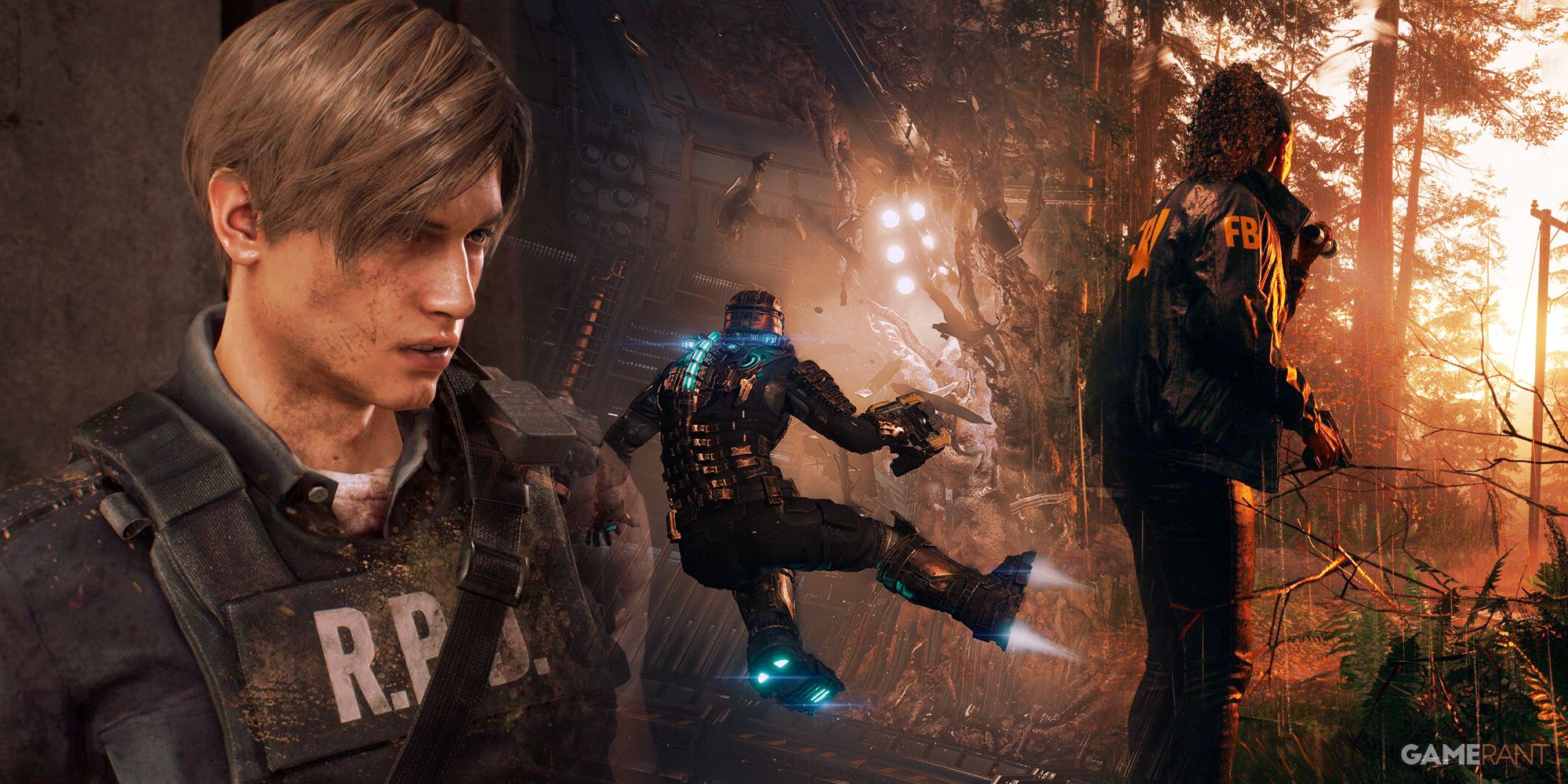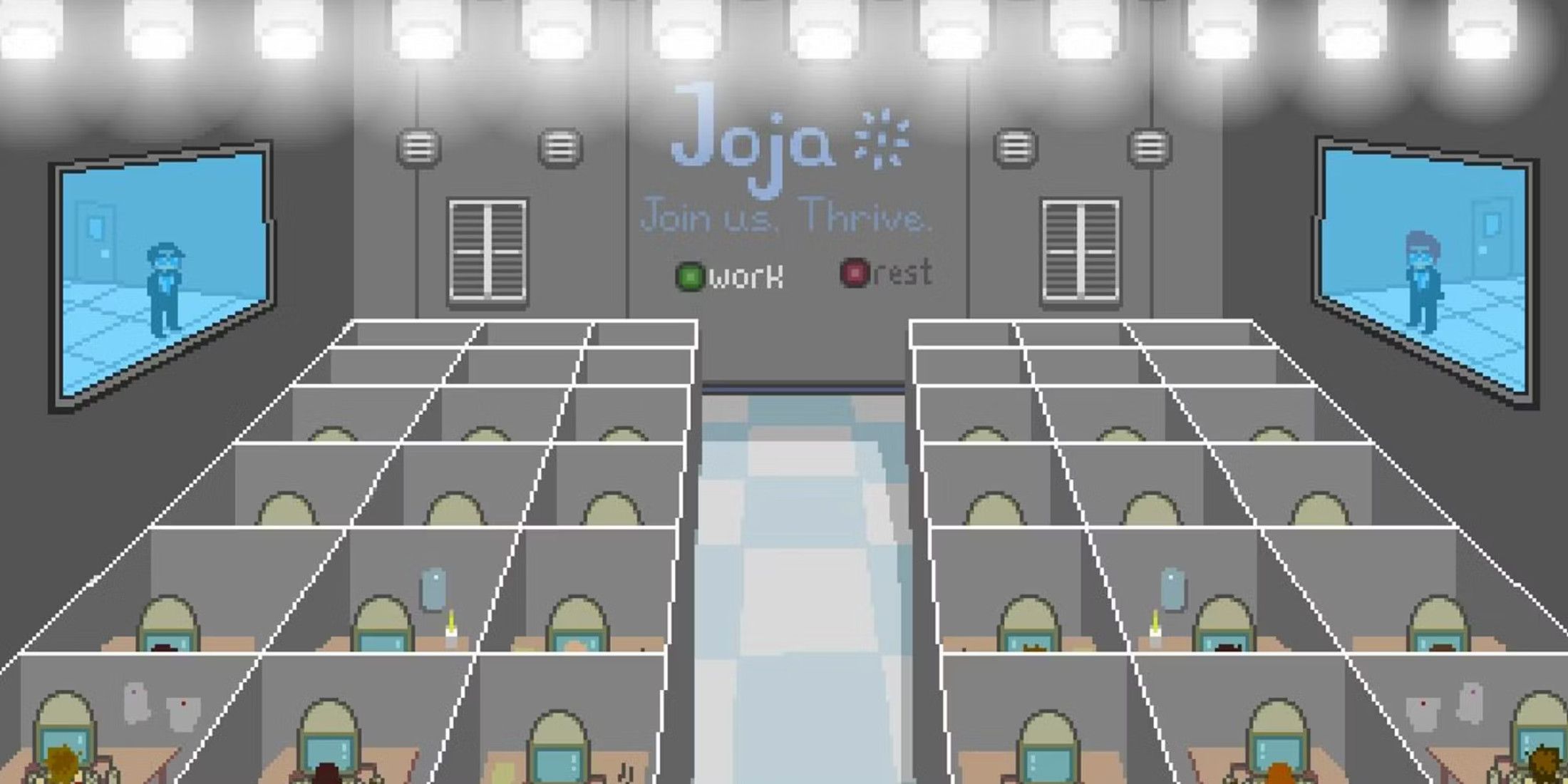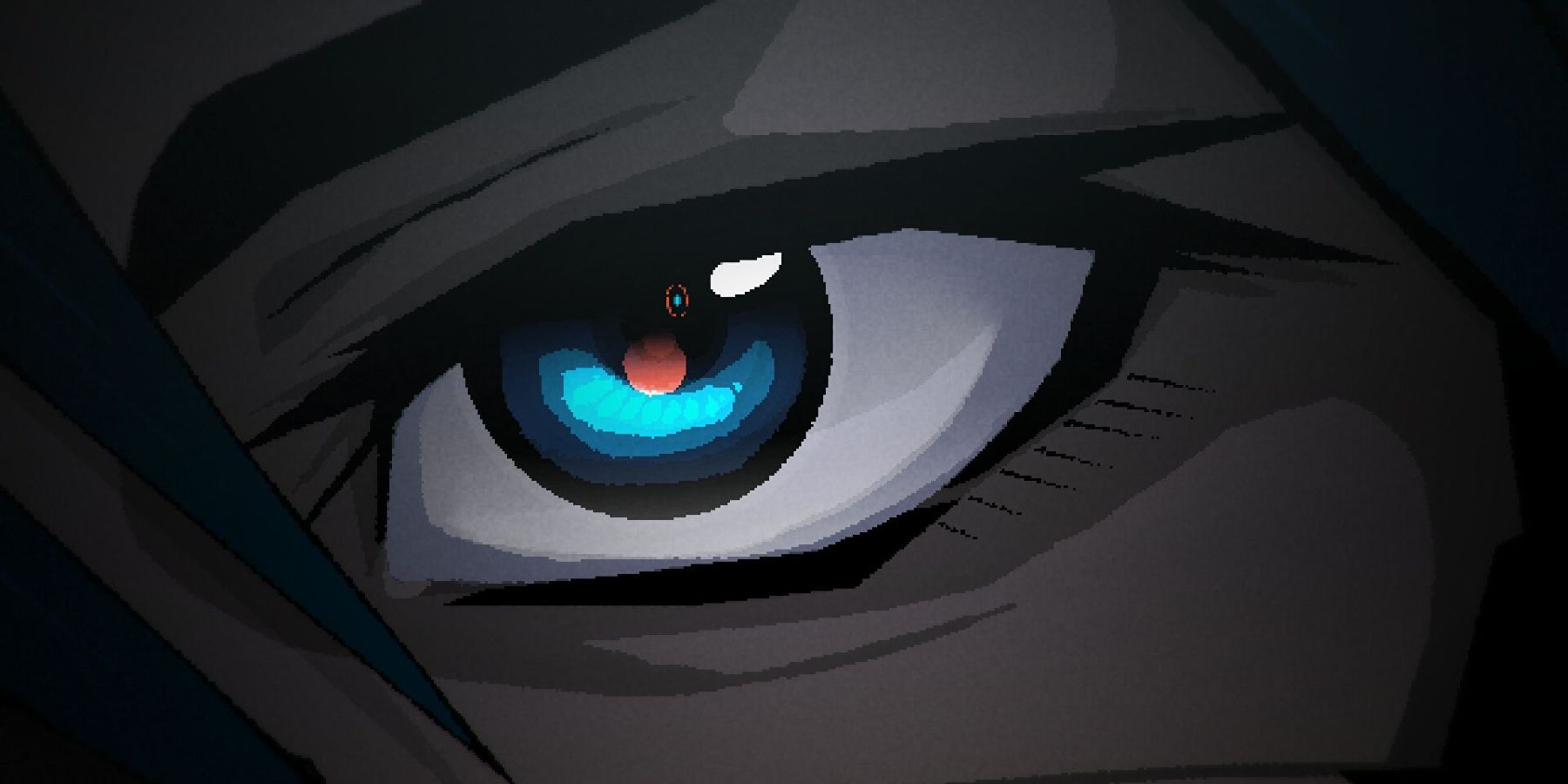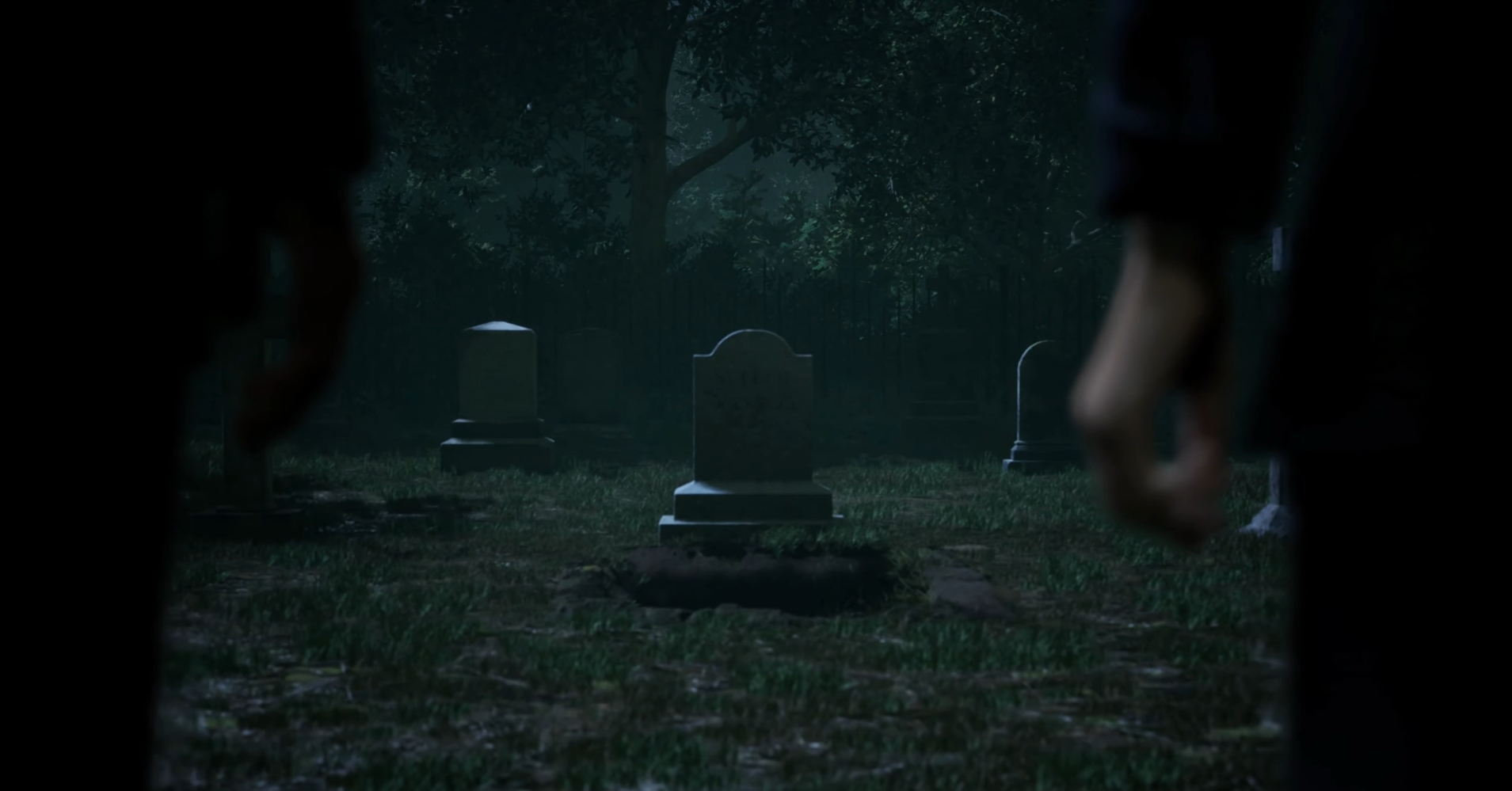Fake endings can have a profound effect in games when achieved with enough immersion and narrative significance. The intention of a fake or false ending, in contrast to games with ambiguous endings, is typically to upend players’ expectations of where the game’s narrative may be headed. This oftentimes presents either an unfavorable or favorable conclusion, depending on which would have a more dramatic result. There is a lot to a fake ending that can make it immersive, such as how long players need to sit through it, and how believable it is at the time that it is presented to players.
Developer rose-engine’s Signalis is a fairly unique take on the survival-horror genre with striking art direction and sound design. Any fans of survival-horror and indie games will surely be familiar with Signalis’ approach to environmental puzzles, map UI, and limited resource management. Signalis seems to take a large and explicit amount of inspiration from iconic survival-horror games such as Silent Hill 2, and like those games it also features multiple endings. One of these endings is a false ending, but it can be so believable and immersive as to truly make players think that they have finished the game.
Control and Returnal’s Fake Endings Fall Short in Comparison to That of Signalis
Control and Returnal are two games from recent memory that have notable false endings, but both fail to match the standard set by Signalis. Control’s false ending occurs after players reach Polaris, where it looks like Jesse Faden is being taken by the hostile resonance.
Because Control’s narrative is openly interpretable and surreal, it is not out of the realm of possibility that its credits could have truly rolled at this point. The credits do roll, but soon become eerily distorted with a wash of atmospheric text that is eventually illegible, turning the screen stark white.
The game then continues with Jesse working as an intern at the Federal Bureau of Control in a muted grayscale filter. This sequence of completing monotonous office chores would have been more effective if it was about half the length it ends up being, but spreads itself thin with a lot of repetition, even if that is the point of it.
Returnal’s false ending intends to make players believe that Selene had managed to be free of Atropos and live an entire lifetime on Earth. Selene’s natural death simply recycles her back into Atropos’ loop, though, for players to continue with the latter half of the game.
This false ending does not land as succinctly since it occurs at a time when players may feel they have not progressed through the game fully. This would result in an incredibly short experience if it ended definitively after Returnal’s Nemesis boss fight, and the cutscene that follows her alleged evacuation confirmation is a blur of montage cuts that fail to fully argue that Selene has succeeded.
The entire game’s narrative is told through these cuts of ambiguous imagery that players are meant to parse and interpret themselves. But by the time that players acknowledge Selene has seemingly died, she is already back on Atropos for another loop.
Signalis’ Fake Ending May Be Believable to a Fault
Signalis’ false ending sees Elster reach the Penrose-512, where her arm is brutally dismembered as she attempts to open the airlock. Elster tumbles down the ship and lies there before the credits roll. Seemingly dead, Elster’s eye loses its luster as she shuts down.
Here, Signalis shares brief credits and lands players back onto the menu screen. The menu screen is reactive at this point in the game. Normally, Elster’s eye follows the highlighted menu option players tab between, but it now resembles Elster’s dead eye, which does not follow the highlighted tab.
This seems like a new menu screen after having beaten the game as some games implement, such as how The Last of Us 2 features Abby and Lev’s motorboat docked in sight of Catalina Island after completing the game. However, because players would naturally decide to quit out at this point, Signalis instead takes players to what looks like the beginning of the game again when they click the “Quit” option in the menu.
This is meant to show the player that the game has not ended, but instead, it recreates the opening of the game that players may think they accidentally clicked the “Begin” option in the menu. If players continue forward, though, they will see that things are slightly different and that it is actually a continuation, rather than starting another playthrough. The narrative events leading up to the false ending also seem like an appropriately ambiguous moment to end on, especially for a game steeped in psychological survival-horror.
This makes it perhaps too believable and immersive, and having minor differences at this point may have indicated that it was a continuation instead of a restart. Either way, this false ending is incredibly effective and can truly make the player feel like they have finished the game.
Signalis Sets the Bar for Indie Survival-Horror Games
Packed with arbitrary meaning and narratively impactful moments, Signalis is a rare indie treat that fully lives up to the iconic games it is clearly inspired by. Reaching different endings is not completely arduous due to the game’s relatively short length, but how to achieve different endings is certainly difficult to determine unless fans take a look online.
There are many standout moments in Signalis, and its degree of polish with numerous art and visual designs is astonishing. Its false ending, though, is among its greatest moments due to how well it is implemented.
The immersion of this fake ending can be a detriment, but that is why the online community is a boon—players will likely look online for answers to the psychological and philosophical ideas presented in Signalis’ survival-horror, and it is here that they will learn they have not yet reached the actual ending.
It would not be surprising for many players to run into this ending and believe that is where the game truly ends, and for that reason, it is a crowning achievement that false endings in future games should strive toward. If nothing else, Signalis demonstrates that classic survival-horror is still beloved.
Signalis is available now on Nintendo Switch, PC, PS4, Xbox One, and Xbox Series X/S.







